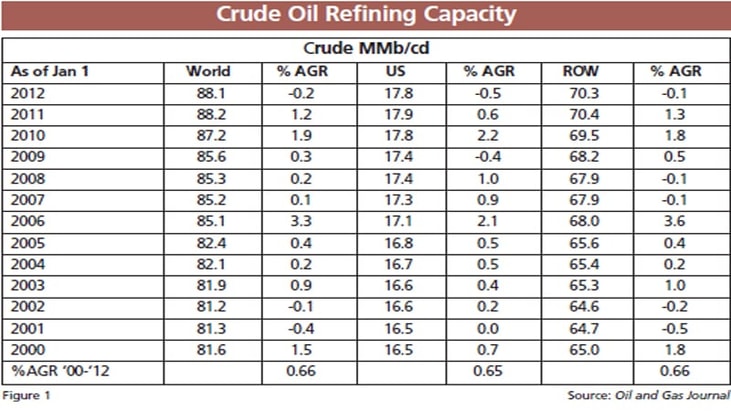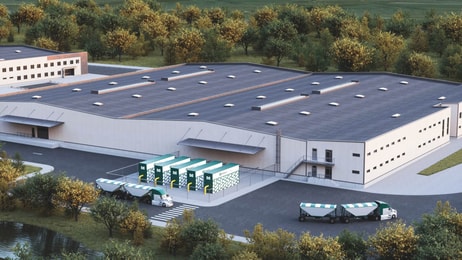New Fuels, New Markets, Push Hydrogen Demand
Large quantities of hydrogen are used by oil and gas refineries, basic and specialty chemical manufacturers, and food processors. As we have detailed in past reports, hydrogen demand has been steadily increasing in the petroleum sector, where low sulfur fuels continue to be mandated in response to stricter environmental regulations in North America and Europe.
In this year’s Hydrogen Market Report we bring readers up to date on both the large scale on-site pipeline (OSP) hydrogen business and the merchant hydrogen business in the US and worldwide. Crude oil refining remains the major driver behind overall hydrogen production, but new energy markets like biofuels and photovoltaics are lending strength to this market. According to Praxair’s “Global Hydrogen Growth Investor Day” report (June 22, 2011, www.praxair.com) solar and biofuels are two of the growing end users in the hydrogen markets. Biofuels use OSP hydrogen in larger amounts, while thin-film solar is primarily a merchant customer.
On-site Supply
Most hydrogen is supplied via pipeline to large users. In the US, OSP represents 85 percent of hydrogen supply. Steam methane reforming (SMR) of natural gas remains the method of choice for on-purpose hydrogen production. This process is used on-site by most large users like refineries, fossil fuel processors, and ammonia producers, and it is used by the major gas companies to fill demand for OSP hydrogen. Increasingly, this method of production is becoming more important as larger users find byproduct hydrogen insufficient.
Hydrogen is widely used in petroleum refining processes to remove the impurities necessary to produce cleaner fuels. The desulphurization process of fuels, especially heavy crude, requires a lot of hydrogen. As the price of oil moves up, heavy crudes are now making up an increasing proportion of refinery loads. In addition to requiring more hydrogen, however, refining heavier crude produces less hydrogen byproduct. Without the ability to recover sufficient hydrogen from refinery and petrochemical off-gases, refineries increasingly find themselves producing hydrogen on-purpose to meet their needs. Refineries outsource their hydrogen supply to have access to multiple sourced hydrogen pipelines, access to other industrial gases, and access to the hydrogen plant experience of the supplier.
... to continue reading you must be subscribed





















